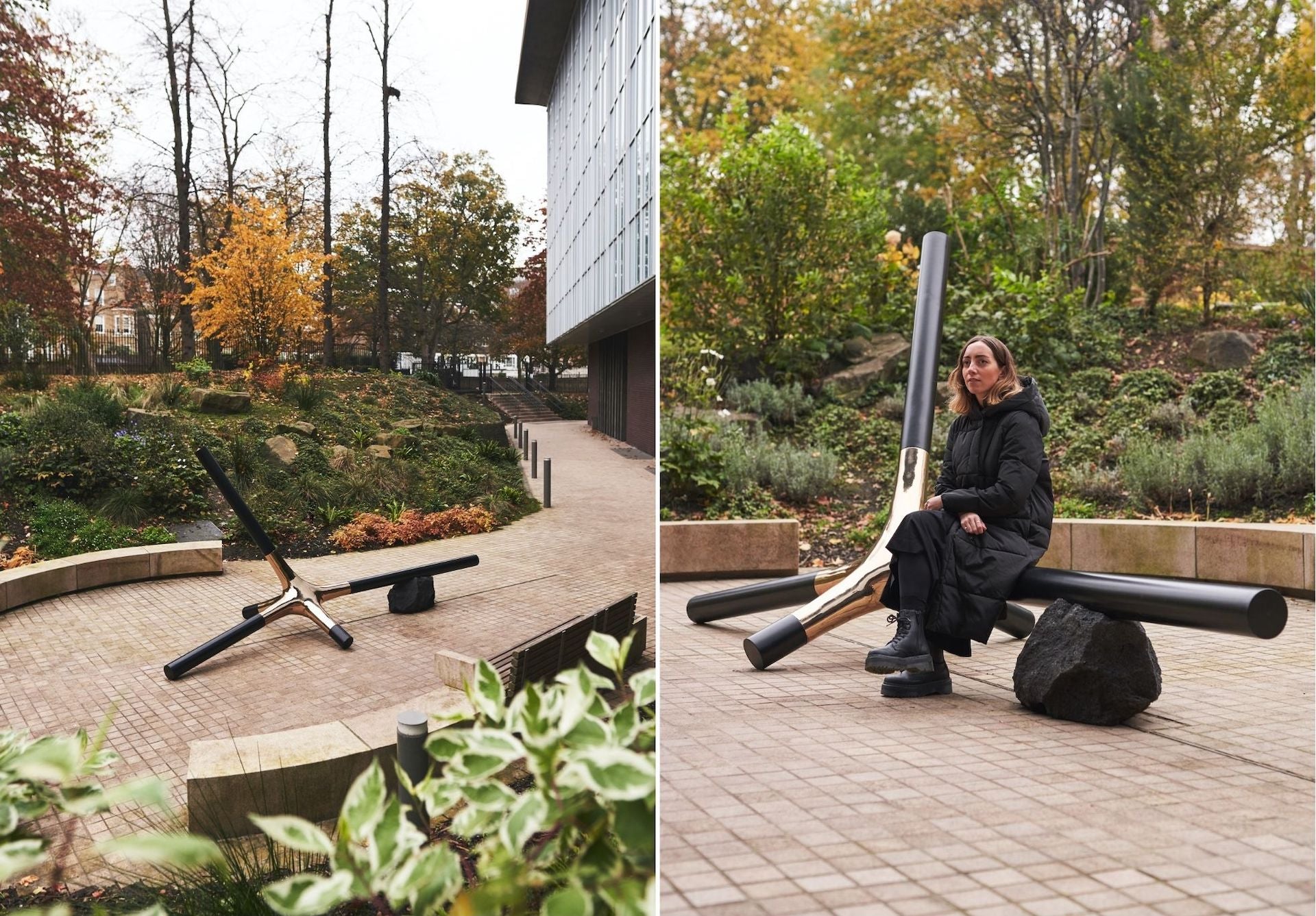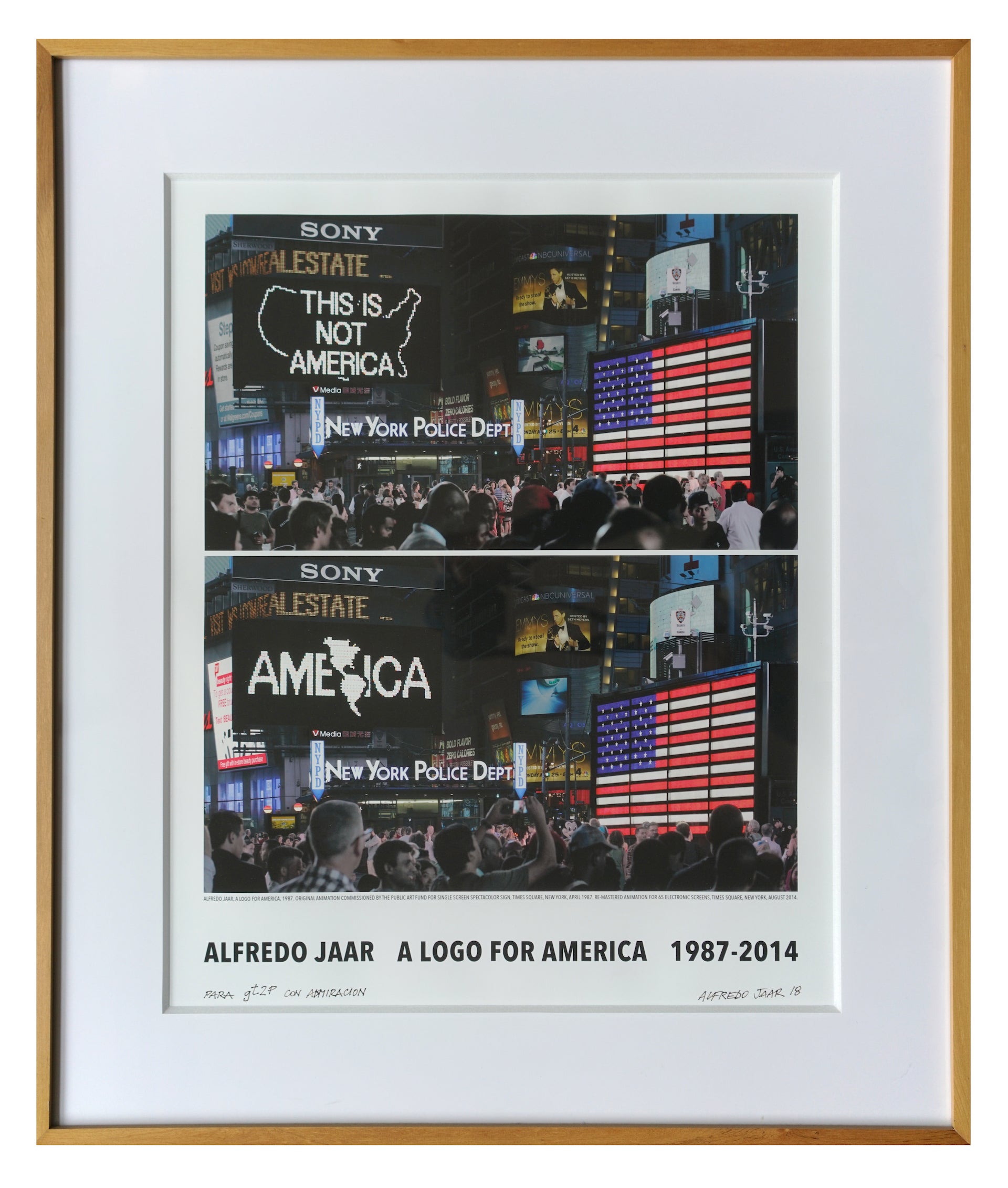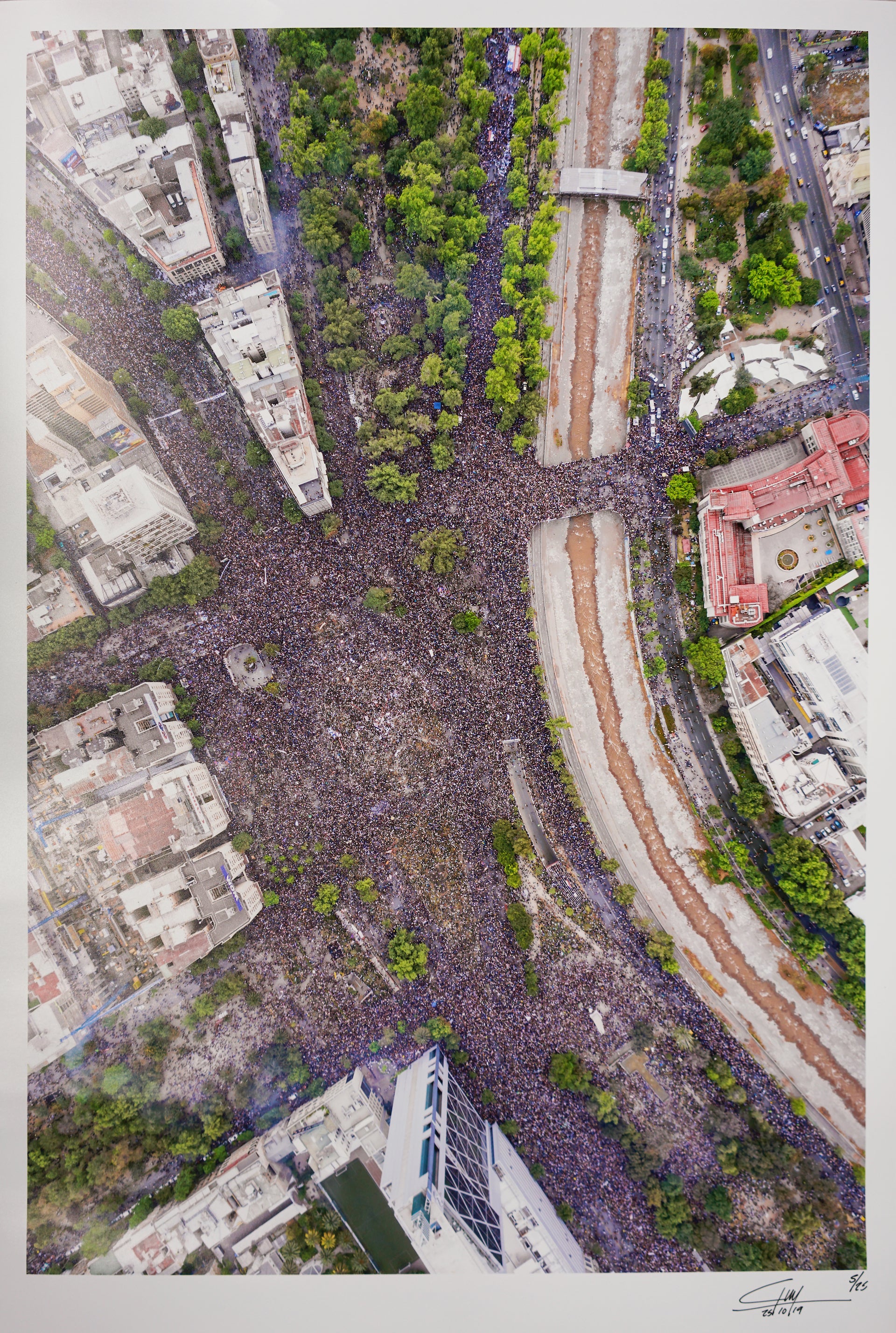Spotlight: America(s)
American Design Stories: gt2P
The Chilean studio talks appropriation, building community, and eureka moments
In the American Design Stories series, we ask designers from across the Americas to share their insights on American design today, along with three images that represent their vision of American design.
This time around, we connected with gt2P (Great Things to People). This Santiago-based architecture and design studio is known for its experimental paracrafting approach, which explores the poetry of systems, combining parametric thinking with analog fabrication, traditional techniques, and local materials. They find inspiration in everything from the Chilean landscape to children’s playgrounds, frequently reflecting on one’s role—and responsibilities—within a larger community. We spoke with cofounders Tamara Pérez, Victor Imperiale, Sebastián Rozas, and Guillermo Parada.

Anna Carnick: What makes your American story unique?
Guillermo Parada: Our story is about working at the intersection of the global and the local. Specifically, we were trained as architects, and we think globally, using our training in parametric design and 3D fabrication. At the same time, our work is very much informed by living and working here in Chile, incorporating local and material culture.
We recognized early on in our careers that we had a specific landscape, materials, and artisanal communities to work with, and that led to our paracrafting approach, which mixes parametric design within our particular environmental context. For example, our handmade Remolten series are inspired by and incorporate Chilean volcanic lava as a key material component; the final objects’ textures and colors vary depending on the heat of the lava. The point being, our work wouldn’t be what it is if we didn’t live here in Chile.
AC: What does “America” mean to you?
Sebastián Rozas: We think it’s important to recognize that America is more than the US. I think immediately of the work of Chilean artist Alfredo Jaar, for example, which points to the common but incorrect use of the word to refer to just one part of the region. To us, the meaning of America is a mix of geography and culture, both before and after the “discovery” of America. Our project Losing My America is related to this concept too. It’s about finding ways to honor heritage and nurture traditional techniques and communities in a modern context.

AC: What is an example of the best American design?
Tamara Pérez: I love the Campana brothers, in particular because they support and integrate their community in a daily way. Through their work, they try to improve their economies and offer a creative opportunity—and creativity offers another kind of health.
GP: We also love other designers with similar approaches, who are dedicated to supporting community. Like Chris Schanck in Detroit, who collaborates with his local Bangladeshi community, inviting them to create things. That has given the neighborhood a sense of family.
TP: It’s about sharing more than objects; you can share your knowledge of how to make things.
GP: And sharing knowledge is what makes the biggest impact.
Victor Imperiale: These projects expand the community. The best examples are those that help a community thrive in a certain way, through making.
AC: And the worst?
VI: The worst is the exact opposite. If you don’t share your knowledge, and just keep it to yourself.
GP: Or cultural appropriation. When someone attempts to utilize an icon rather than, or at the expense of the community. We saw an example of this in Mexico not too long ago. A European designer copied a pattern from a Mexican community, and then used that pattern in a project. Rather than working directly with the community who’d created it, the pattern and the production were taken to Europe. The designer did not truly value or understand the work or the community.
We need to preserve the communities themselves, not simply the icons that they create. It’s by supporting the communities, helping them to make, that you release people from poverty. It’s not about using a pattern as a tribute. There needs to be more.
SR: In some cases, it’s as if a designer looks at a culture like a supermarket. He’ll go down an aisle, take some cereal or milk, and use it, but won’t really understand what it is about or how to best work with it. It all stays at the surface level, trendy. It doesn’t mean anything really because it’s just copying without any substance. We hate that.
GP: And it’s not just individuals unfortunately. While working on Losing My America, we dug into ways different organizations try to preserve crafts heritage. Similar problems come up; the people who work with those special techniques and produce those items are often actually overlooked.
These issues drive us to think of ways to make things better. For example, we’re working on a project called Made by Chile, a series of creative centers in artisan communities to cultivate different skills and help local economies. They would preserve and communicate this heritage through making things. These centers could teach techniques to universities, or sell pieces, or develop parallel opportunities such as a restaurant and a hotel for visitors, and so on. The idea is that with one focused place, we can support and integrate those communities into the global market.
TP: A key element of the project is incorporating the next generation in the process. Many of the older artisans we speak with don’t want the new generation to work in the same ways; they see it as difficult work that is hard to make money from. So the idea is to create a new business model that will allow multiple generations to work and live well together.
AC: What’s the status of the project?
GP: We’re raising funds to create a prototype.

AC: What other urgent topics designers should address today?
SR: The lockdown has been a time for reflection obviously, and in Chile it came on top of a social movement. A moment like this makes you review your environment closely and look out for your community in a new way. Nature becomes more of a focus. This pause has encouraged me—well all of us—to think about these topics more.
So we saw it as a big opportunity when we were invited to participate in the Miami Design District’s Annual Commission competition this year. The opportunity to take what we gathered from this moment of reflection and to communicate our feelings and ideas with a wide audience through an interactive object was very inspiring. It felt like the stars aligned.
GP: Our installation, Conscious Actions, is a series of playground inspired objects featuring simple action-reaction experiences that remind people that their actions have consequences. We want people to think about the effect they have on the environment and their communities.
AC: What gives you the most joy in your work?
SR: For us, it’s when an idea becomes material for the very first time. For example, when Victor is developing a parametric formula on the computer, and then we go to the metal factory, and we see that it’s cut and folded, and everything fits perfectly, it gives us a lot of joy.
I remember the first time that Tamara melted lava over a porcelain base as well. Before then it had just been an idea, but when it actually happened, it was a very important moment. We love these moments.
VI: It’s like a eureka moment when it all comes together.
TP: It’s beautiful when what was once just a possibility becomes reality.
GP: Yes, and then we’re able to push our ideas even further.
AC: What are you most proud of in your work to date?
GP: We’re proud of many achievements, like being represented by Friedman Benda, having our work included in museum collections worldwide, and having done successful public installations like Conscious Actions. Those were all important milestones for us. But the most important achievement—we’ve discussed on many occasions—is that we have created a family as a studio. It may sound cliche, but it’s true. Without that family, it would’ve been impossible to create the work that has led to these other achievements.
VI: We’re also proud that we’re consistently expanding our family; that feels very good.
SR: It’s a kind of multiplication action. To reach these “eureka moments,” we need a lot of help. So whether that’s connecting on the factory floor or meeting other designers when we travel, everywhere we go, we make friends. And that is very important to us. It's something you can’t quantify—how many relationships you create over time. The trust that you develop, the friendships, the clients—it’s all very important. When a client calls you again and again and again, you begin to feel it's not just about a service, it's about growing together in a way. It’s a hard feeling to explain. But it’s an important one.
AC: Thank you, gt2P! ⬥
*This interview has been edited for clarity and length.
gt2P (Great Things to People) is a Chilean design, architecture, and art studio founded in 2009, representing the collaborative work of Tamara Pérez, Sebastián Rozas, Victor Imperiale, and Guillermo Parada. Coining the term paracrafting, the studio combines parametric thinking with traditional techniques. Their work is in the permanent collections of the Cooper Hewitt and the Metropolitan Museum of Art in New York, The Design Museum London, Denver Art Museum, and National Gallery of Victoria. The collective is represented by Friedman Benda Gallery.
gt2P’s work was exhibited at Design Miami/ Podium 2020. The studio won this year’s Miami Design District Annual Commission with their Conscious Actions installation.
Inspired by the 2020 Design Miami/ Podium theme America(s)—and all the complexities that go along with it, especially in this moment—Anna Carnick and Wava Carpenter of Anava Projects connected with a selection of outstanding designers with personal ties to the Americas to get their take on “American” design today. Their responses were insightful, inspiring, and diverse: From thoughts on the most pressing issues and challenges facing designers now, to hopes and suggestions for a more equitable future, and reflections on their own American design journeys to date. Each story is accompanied by images provided by the designer that embody what America(s) or American design means to them.
